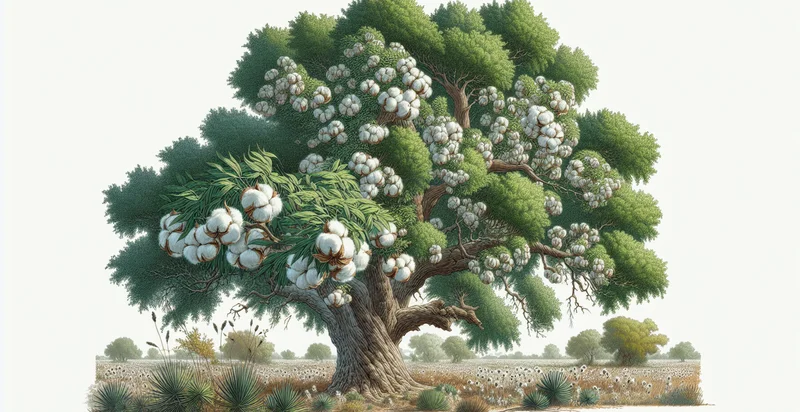Identify if tree is a willow
using AI
Below is a free classifier to identify if tree is a willow. Just upload your image, and our AI will predict if the tree is a willow - in just seconds.

Contact us for API access
Or, use Nyckel to build highly-accurate custom classifiers in just minutes. No PhD required.
Get started
import nyckel
credentials = nyckel.Credentials("YOUR_CLIENT_ID", "YOUR_CLIENT_SECRET")
nyckel.invoke("if-tree-is-a-willow", "your_image_url", credentials)
fetch('https://www.nyckel.com/v1/functions/if-tree-is-a-willow/invoke', {
method: 'POST',
headers: {
'Authorization': 'Bearer ' + 'YOUR_BEARER_TOKEN',
'Content-Type': 'application/json',
},
body: JSON.stringify(
{"data": "your_image_url"}
)
})
.then(response => response.json())
.then(data => console.log(data));
curl -X POST \
-H "Content-Type: application/json" \
-H "Authorization: Bearer YOUR_BEARER_TOKEN" \
-d '{"data": "your_image_url"}' \
https://www.nyckel.com/v1/functions/if-tree-is-a-willow/invoke
How this classifier works
To start, upload your image. Our AI tool will then predict if the tree is a willow.
This pretrained image model uses a Nyckel-created dataset and has 2 labels, including Not Willow Tree and Willow Tree.
We'll also show a confidence score (the higher the number, the more confident the AI model is around if the tree is a willow).
Whether you're just curious or building if tree is a willow detection into your application, we hope our classifier proves helpful.
Related Classifiers
Need to identify if tree is a willow at scale?
Get API or Zapier access to this classifier for free. It's perfect for:
- Environmental Monitoring: The 'if tree is a willow' identifier can be utilized in environmental monitoring systems to assess biodiversity in various ecosystems. By identifying willow trees, researchers can determine the presence of specific habitats that support various wildlife species, leading to enhanced conservation efforts.
- Urban Greening Initiatives: City planners can integrate this classification function into urban greening initiatives to ensure appropriate tree planting. Identifying willows allows for the selection of suitable species for wetland restoration projects or areas prone to flooding, improving overall urban ecology.
- Agricultural Optimization: Farmers and agricultural consultants can use the identifier to manage land better by distinguishing between tree types. This is particularly useful for determining competition for resources, such as water, and for assessing the potential impact of willow trees on crop yields.
- Climate Change Studies: Researchers studying the impact of climate change on flora can use the identifier to track changes in willow populations over time. Understanding how willows are faring in changing climates can provide insights into ecosystem resilience and plant adaptation strategies.
- Forestry Management: Forestry professionals can utilize the identifier to monitor and manage woodland areas effectively. By quickly identifying willow trees, they can make informed decisions about thinning, fertilization, and pest management, ensuring sustainable forest practices.
- Landscape Design: Landscape architects can utilize the identifier to incorporate willow trees into their designs suitably. Knowing the characteristics of willow trees allows for better planning regarding aesthetics, water management, and ecological balance in both public and private spaces.
- Educational Tools: Educational institutions can use the identification function as a part of a toolkit for teaching botany and ecology. By categorizing tree types, students can engage in field studies and learn about the importance of biodiversity, thus promoting environmental awareness.


